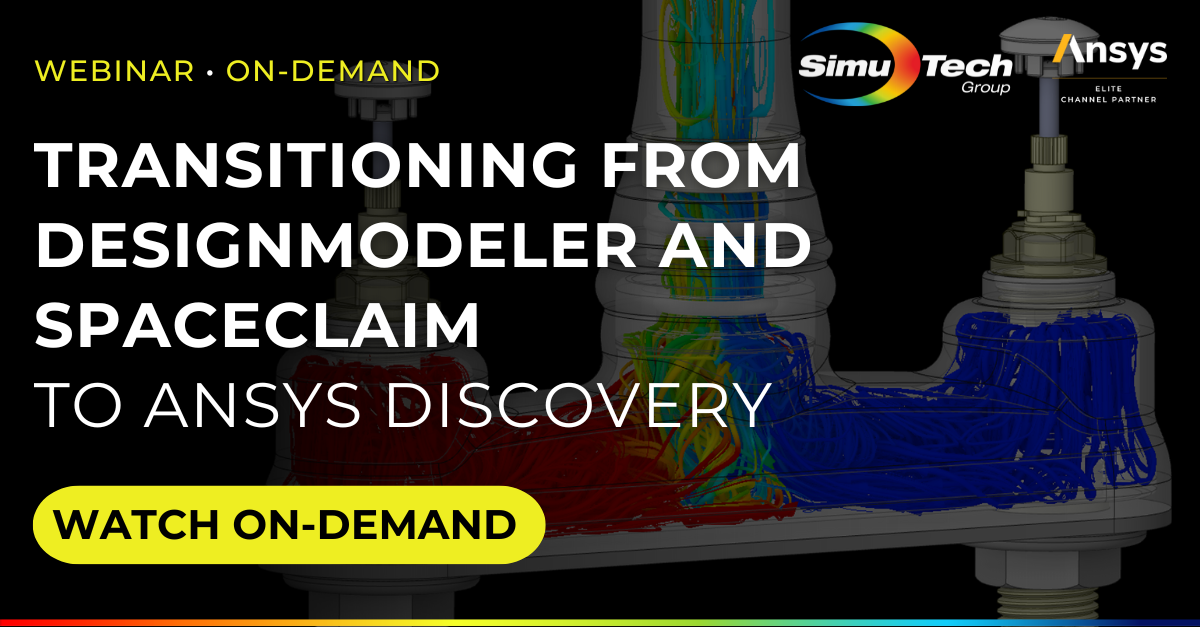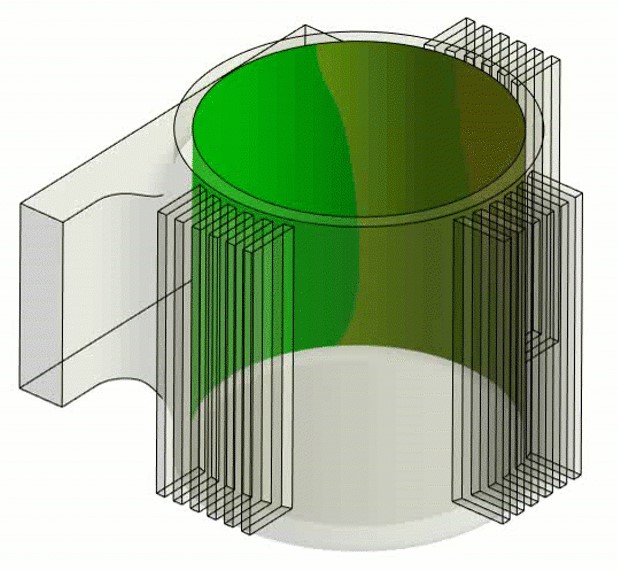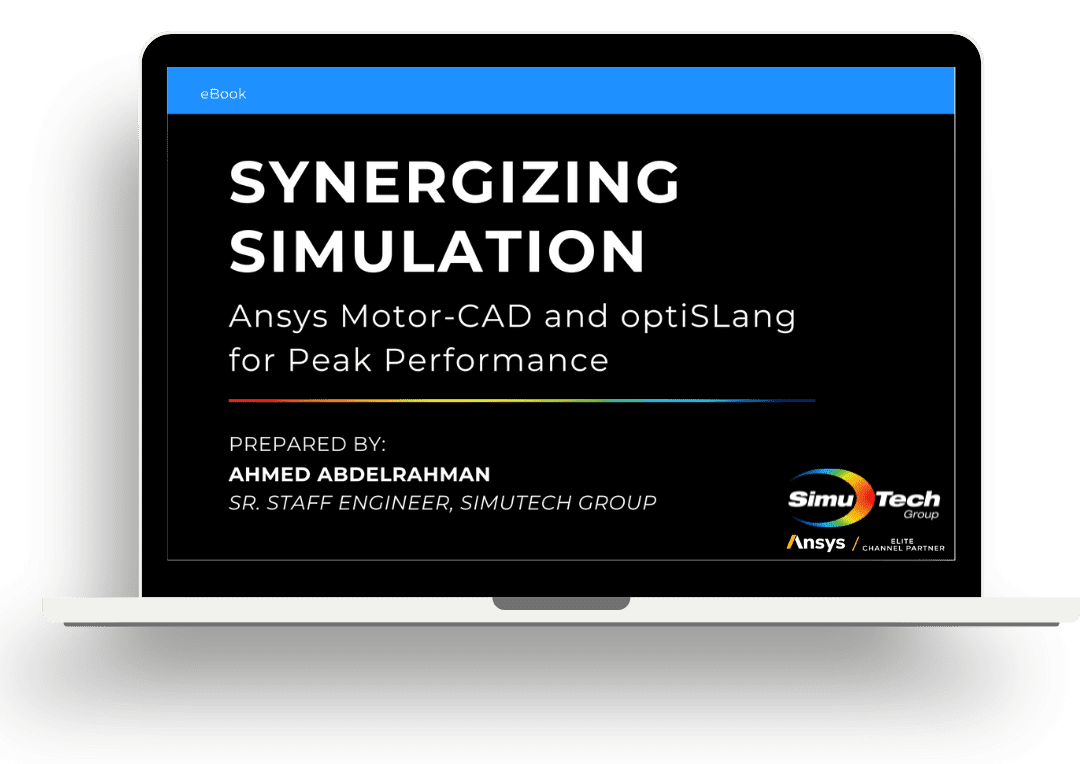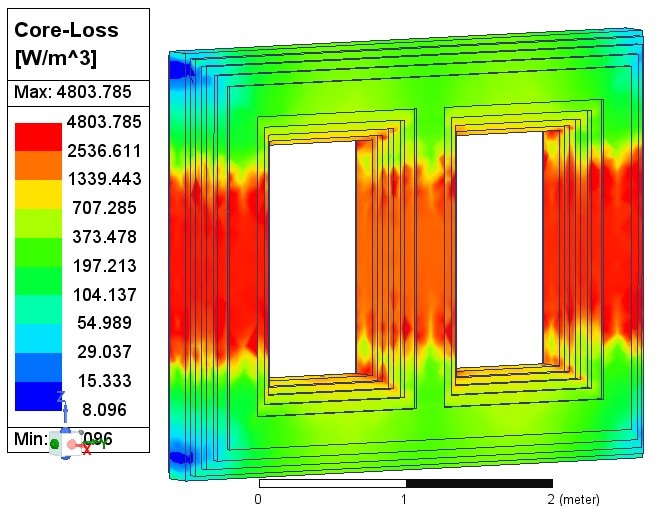Many of today’s products are made up of electrical systems, lenses, software, batteries, and more. As a result, the design requirements not only span multiple engineering disciplines but are also becoming more and more intricate. Companies are faced with progressively more complex consumer expectations.
The time it takes to get a product to market is increasing and engineering productivity is in lowering for two main reasons:
- Products are growing more and more complex.
- A skills gap between engineering disciplines is growing.
Explore Ideas at Unprecedented Speed
Hiring more engineers may seem like a reasonable solution, but it is often not feasible. To better allocate resources, many companies are evaluating the broader use of digital tools, including simulation, to empower a larger number of design engineers to make product decisions faster and earlier.
ANSYS Discovery removes the usability and speed barriers of traditional simulation tools, equipping every engineer with instantaneous feedback on design changes in order to make more informed decisions earlier in the product development process.
By empowering design engineers with easy-to-use simulation tools, they can accurately assess the impact of simple design changes early in the product development process. ANSYS Discovery’s unique real-time simulation capabilities allow many of these changes to be seen instantaneously without having to wait for expert analysis. The result is that ANSYS Discovery users are able to innovate earlier in the design process, at a lower cost while using fewer expert resources.
Transitioning to from SpaceClaim to Ansys Discovery
Ansys SpaceClaim is in maintenance mode (as of 2023R2), making Ansys Discovery the primary geometry application to create, important, and prepare geometry for simulation in Ansys Mechanical, Ansys Fluent, and other Ansys flagship tools. SpaceClaim will continue to be released and have critical bug fixes, but all development and enhancements will be in Discovery moving forward. Due to this, now is the time to begin transitioning to Ansys Discovery.
Key Features:
- Like SpaceClaim, Discovery allows you to create, modify, and cleanup your geometry, but utilizes a progressive user interface and more powerful editing tools.
- Ansys Discovery is a direct modeler which has capabilities to capture & replay the history of modeling & preparation and bidirectionally associate to native CAD software.
- Ansys Discovery is accessed like SpaceClaim; Discovery is a standalone application with its own licenses & installers but it is also bundled with certain flagship licenses & Installers.
To get more detailed information on the transition process, watch this on-demand webinar where we guide you through the seamless migration from DesignModeler and SpaceClaim to Ansys Discovery as well as share best practices for using Ansys Discovery.
Need more reasons to love Ansys Discovery? Here are SimuTech Group Principal Engineer Krishna Raichur’s top five features in Ansys Discovery right now.
- User Interface
- Modern, intuitive, fast user interface. A unique Heads-Up Display (HUD) puts tools within easy reach, along with a Halo that provides shortcuts to common functionality available elsewhere in the interface.
- A new Overlay Help system gives instant answers to questions on any item on the screen.
- Embedded videos and tutorials guide users through common operations and workflows.
- New and Enhanced Geometry Prep Tools
- A new Bolt Assignment tool – to create beams for bolted connections – automatically selects the bolt size from standard libraries and can create dozens of similar-size bolts with a single click.
- Streamlined Share Topology tools, including a new precheck option to identify potential issues, provide a guided, logical workflow.
- Assign materials to selected bodies via the HUD, using the Discovery or Granta material library.
- Automated Geometry Repair
- A new Check Geometry tool guides users through geometry repair steps and can fix geometry corruption issues with a single click.
- Sub-D Modeling
- A new Sub-Division body type allows users to easily manipulate and explore complex regions – facet bodies from topology optimization and organic designs such as face masks and diving suits. Sub-D bodies can be parameterized and directly used in a Discovery simulation.
- Model Prep and Simulation
- Once the model geometry is prepared, you don’t need to open a different tool to do the simulation. With a Discovery Simulation license, you get access to the Explore and Refine stages for structural, thermal, CFD, and Multiphysics analysis.
- The Explore stage uses Discovery’s proprietary GPU-based solver to give quick insight by displaying results in real time, as you make modifications to the design.
- The Regine stage enables more complex physics using Ansys Mechanical or Fluent or HFSS solvers.






